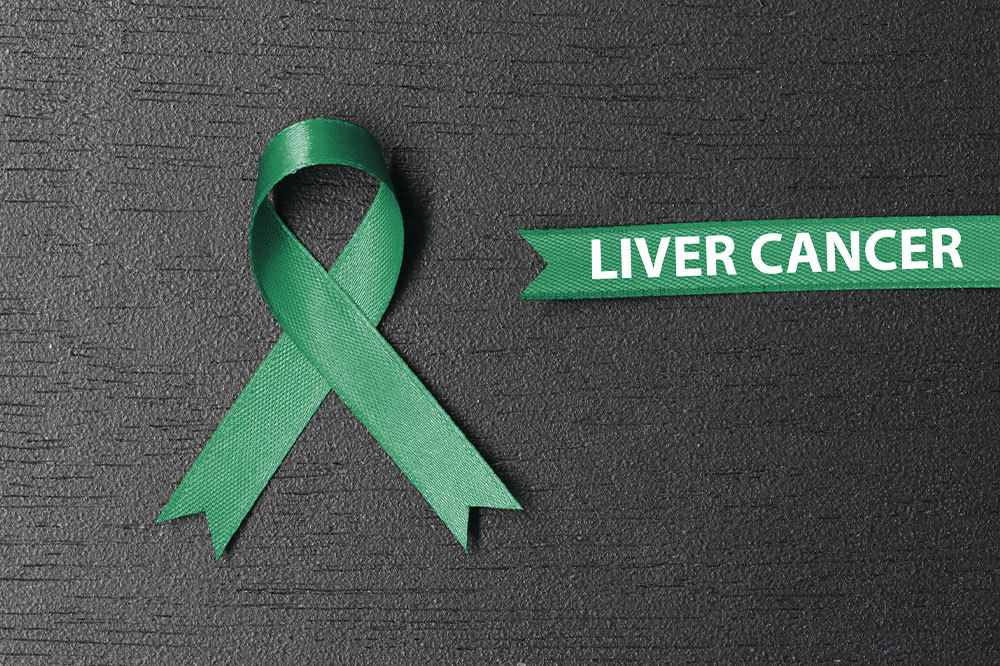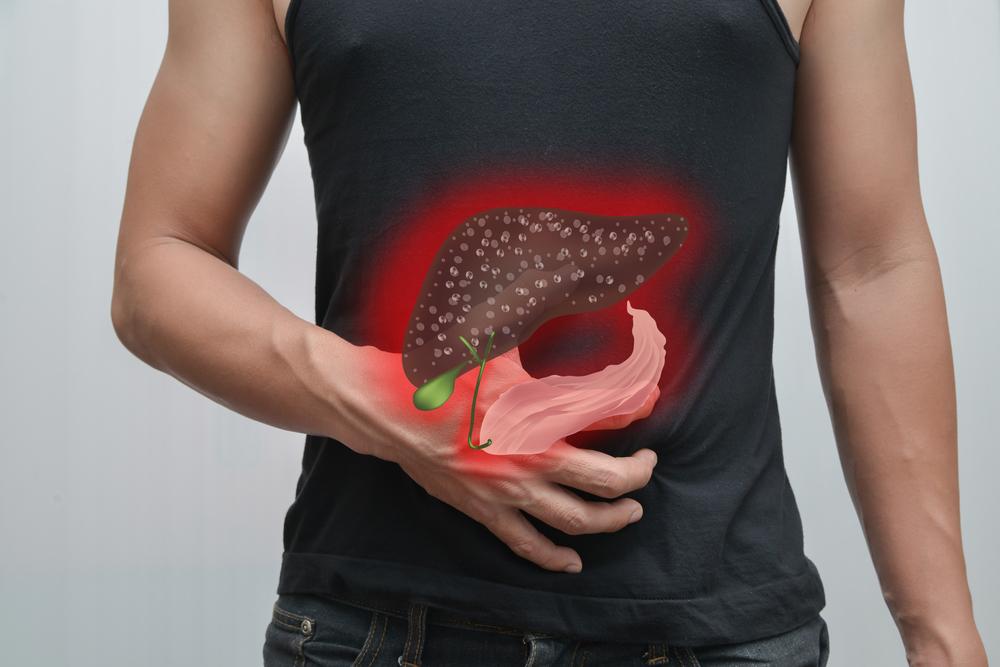Understanding Liver Cancer: Causes, Symptoms, and Treatment Options
This article offers a comprehensive overview of liver cancer, covering its causes, symptoms, types, risk factors, and treatment strategies. Early detection and understanding the various treatment options are vital for managing this aggressive disease. Learn about how hepatitis, cirrhosis, and diabetes contribute to risk, and explore treatment options like surgery, transplantation, ablation, and chemotherapy to understand the current approaches to combating liver cancer.

Understanding Liver Cancer: Causes, Symptoms, and Treatment Options
Liver cancer is a rapidly progressing malignancy characterized by abnormal cell growth in the liver tissues. It can be classified into primary and secondary types; primary originates in the liver itself, while secondary spreads to the liver from other parts of the body. Early detection plays a crucial role in successfully treating primary liver cancer.
Primary varieties of liver cancer
Hepatocellular carcinoma (HCC) is the most common, representing over 80% of cases. Other types include cholangiocarcinoma, which affects the bile ducts and accounts for roughly 10% of cases, and angiosarcoma, a rare form affecting blood vessel linings in the liver, making up about 2% of cases.
Signs of Liver Cancer
Conditions Linked to Liver Cancer
Hepatitis B and C: These viral infections can severely damage liver tissue and increase cancer risk.
Cirrhosis: Liver scarring from chronic injury hinders normal function, escalating cancer risk.
Type 2 Diabetes: Elevated risk factors for liver cancer, especially alongside other conditions.
Approaches to Liver Cancer Treatment
Treatment choices depend on tumor size, location, liver health, and disease spread. Options include:Partial hepatectomy: Removing the tumor-affected portion of the liver, suitable for early-stage cancer with healthy remaining tissue.
Liver transplantation: Replacing the entire liver from a donor if cancer hasn't spread beyond the liver.
Ablative therapies: Destroying cancer cells via heat, cold, or ethanol injections, often under local anesthesia.
Radiation therapy: Using high-energy beams inside or outside the body to target cancerous cells.
Embolization and chemoembolization: Cutting off blood supply to tumors with microscopic particles, sometimes combined with chemotherapy to enhance effects.
Chemotherapy: Administered intravenously, this potent treatment targets cancer cells but may cause side effects due to its systemic action.
Early diagnosis of primary liver cancer is essential for effective treatment. Healthcare providers focus on identifying those at higher risk for timely intervention, improving prognosis prospects.










